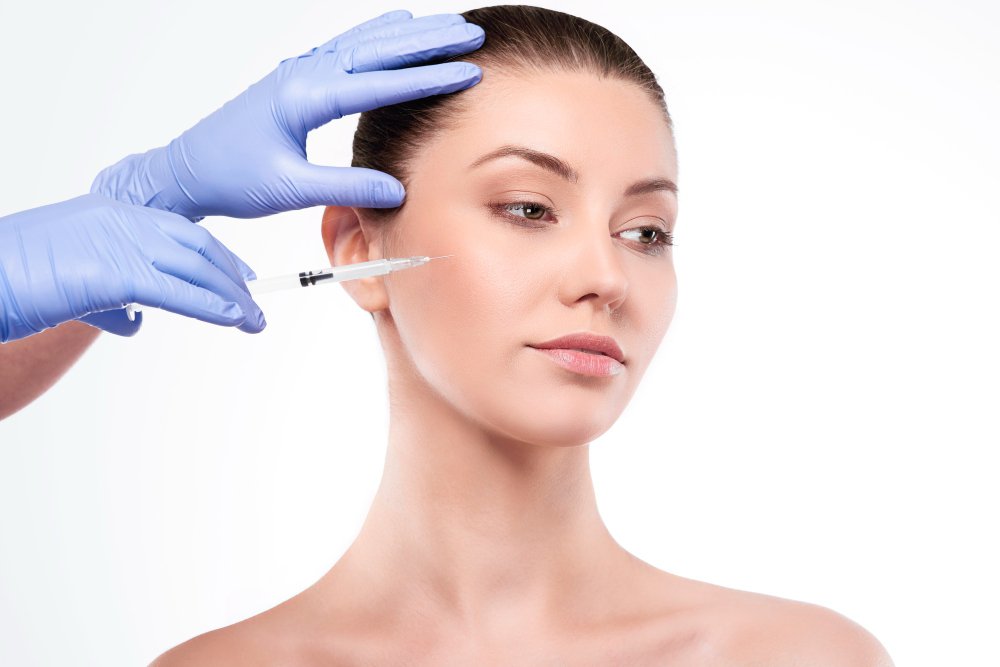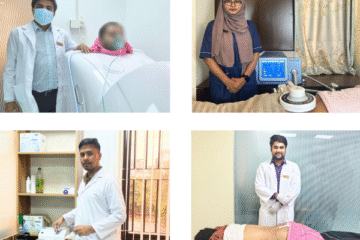As aesthetic treatments evolve beyond dermal fillers and toxins, regenerative approaches like platelet-rich plasma (PRP) are rapidly gaining traction. For providers aiming to meet this rising demand, enrolling in PRP injection training—especially focused on facial applications—is no longer optional. It’s a clinical necessity.
From platelet rich plasma face treatments for skin rejuvenation to advanced plasma procedures for the face, proper training bridges the gap between theory and safe, confident practice. This post explores the essential components of PRP facial training, what to expect in a high-quality course, and how it can elevate both patient outcomes and provider expertise.
Understanding PRP’s Role in Aesthetics
Platelet-rich plasma is derived from a patient’s own blood, spun in a centrifuge to concentrate growth factors and cytokines. When injected into targeted areas of the face, PRP can stimulate collagen production, improve skin tone, reduce fine lines, and support tissue regeneration.
Compared to traditional treatments, PRP offers:
- A natural alternative to synthetic fillers
- Low allergenicity (autologous product)
- Longer-term rejuvenation benefits over multiple sessions
However, to achieve consistent results—and avoid complications—providers must undergo structured PRP injection training that teaches both science and technique.
What PRP Injection Training for the Face Includes
A robust aesthetic PRP course goes far beyond just spinning blood and injecting it. Here’s what a well-structured program should include:
1. PRP Science and Processing
- Understanding platelet biology and regenerative signaling
- Differentiating PRP types (leukocyte-rich vs. leukocyte-poor)
- Centrifuge settings and PRP tube selection
- Avoiding platelet activation errors
Proper understanding of PRP quality is crucial, as concentration directly impacts results in platelet rich plasma face treatment.
2. Facial Anatomy Review
- Facial vascular map (to avoid complications like bruising or embolism)
- Subcutaneous vs. intradermal injection layers
- Danger zones (glabella, nasolabial fold, infraorbital area)
A course with anatomical depth helps practitioners inject with precision and safety.
3. Injection Protocols for Facial Areas
- Under-eye hollows (tear troughs)
- Cheeks and midface volume support
- Perioral lines and nasolabial folds
- Forehead and temples
- Full-face microneedling with PRP
Each area requires different technique—depth, volume, and injection method vary greatly.
Hands-On Practice: The Cornerstone of Learning
One of the most important aspects of PRP injection training is live model experience. Video-based learning can show what’s possible, but skill development requires:
- Real-patient simulations
- Supervised injections with instructor feedback
- Confidence-building repetition
Many high-quality courses also include microneedling plus PRP, so you gain comfort in both topical and injectable approaches.
Plasma Procedure for Face: Techniques and Considerations
Facial PRP can be delivered in three primary methods:
🔹 Direct Injection (Intradermal/Subdermal)
- Ideal for under-eyes, cheeks, fine lines
- Administered using a small-gauge needle or cannula
- Requires knowledge of depth and diffusion pattern
🔹 Microneedling with PRP
- Involves superficial needling followed by topical PRP application
- Enhances absorption and collagen stimulation
- Low risk, commonly used for large surface areas
🔹 Combination Therapies
- PRP + hyaluronic acid (biofiller effect)
- PRP with RF microneedling or lasers
- Used to maximize aesthetic outcomes across sessions
Understanding when to use each modality—and how to layer them—is a key learning point in advanced PRP courses.
Safety and Complication Management
While PRP is autologous and generally well-tolerated, facial injections do carry risks. A reputable PRP injection training program will cover:
- Vascular occlusion risk and emergency response
- Bruising, swelling, and post-injection care
- Consent forms and patient education
- Avoiding over-treatment in delicate areas like the periorbital region
Providers should be well-versed in managing complications and guiding patients through the healing process.
Who Should Attend Aesthetic PRP Training?
This training is ideal for:
- Aesthetic physicians (MD/DO)
- Dermatologists
- Nurse injectors (RN, NP)
- Physician assistants
- Medical spa clinicians transitioning into regenerative treatments
Whether you’re already offering neuromodulators and fillers or new to facial aesthetics, PRP adds a regenerative tool with growing patient demand and strong clinical value.
Career and Clinical Impact of Training
Integrating platelet rich plasma face treatment into your practice can:
- Expand treatment offerings with natural alternatives
- Improve patient satisfaction with fewer synthetic products
- Build long-term treatment plans with visible, gradual results
- Differentiate your practice in a competitive market
Patients increasingly seek biologic options—those who are trained and certified in plasma procedures for the face will be best positioned to serve that need responsibly.
Choosing the Right PRP Training Provider
Not all programs offer the same level of instruction. Look for:
- A curriculum that balances theory with live injection
- Faculty with clinical aesthetic experience
- Training in complication avoidance and patient safety
- Small group sizes for hands-on coaching
- Post-course support, protocols, and mentorship
Bonus if the course is part of a broader regenerative medicine curriculum—linking PRP with stem cell education, advanced injectables, and tissue therapies.
Final Thoughts
PRP continues to grow as a trusted modality in aesthetic practice. But without proper education, even experienced injectors can fall short of delivering consistent results. Whether you’re enhancing your injectable skills or introducing regenerative treatments, PRP injection training for facial applications is a wise and forward-looking investment.
✅ Build Your Expertise with Regenerative Medicine Academy
Ready to offer confident, safe, and evidence-backed platelet rich plasma face treatments? Enroll in the aesthetic-focused PRP injection training offered at Regenerative Medicine Academy. Our expert-led sessions combine anatomical instruction, hands-on injection labs, and real-patient simulations to prepare you for clinical success.
Begin your regenerative journey today—visit Regenerative Medicine Academy to learn more.





